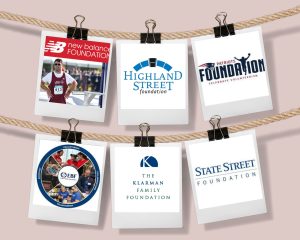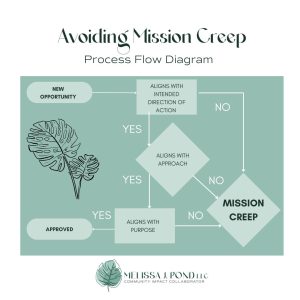Is your organization exploring new funding sources but needs help figuring out where to start?
Let’s start by busting common myths about grants.
Myth #1: Grants are free money.
Reality: Grants require a significant time commitment for research, writing, and engagement with stakeholders on the part of the grant-seeking organization. Even with a grant writing consultant, a grant writer does not trade a fictional piece of writing for a grant. The information must be accurate and reflect an aligned and impactful project plan. Working for a grant should be viewed as an investment. Moreover, most grants have reporting requirements and other strings attached. Grants are not free money.
Myth #2: Grant writers work on commission.
Reality: Grant writers working for commission devalues grant writers. The Association of Fundraising Professionals considers this unethical. Grants typically do not include administrative costs, especially pre-funded administrative costs. Most likely, a grant funder would not want to see a budget line item for the grant writer in the proposal. Moreover, even the most experienced grant writer has little control over the outcome. An unsuccessful grant proposal provides value in the form of well-crafted narratives that can be up-cycled for the future. Grant writers do not work on commission.
Myth #3: Shape-shifting will help an organization get more money.
Reality: There are better ways to approach grant-seeking than morphing an organization to fit what a funder offers. This practice is also known as mission creep. A funder can easily spot this strategy when reviewing the grant seeker’s media. A grant proposal that aligns differently from the organization’s website copy is evidence that the grant seeker needs more experience, expertise, and stakeholder buy-in. It also illustrates a greater desire from the grant seeker for the funding than the intended impact. And most importantly, it demonstrates a lack of direction and weakens the organization’s reputation. Shape-shifting will not help an organization get more money.
Next, let’s identify grant sources.

Private, Corporate and Community Foundations support charitable activities by making grants for charitable purposes.
Local, State, and Federal Governments also provide financial support to nonprofits in the form of grants.
Explore Massachusetts Grant Opportunities here.
And finally, here are some tips to help you plan for success.
Tip #1: Research alignment
Make sure the following requirements of the grant match your program or project:
- Location
- Initiatives
- Timeline
Tip #2: Engage Stakeholders
Grantmakers should see that you have many supporters involved with your organization. Sometimes people who have a “stake” in the organization aren’t yet aware of your organization or don’t yet support your organization. It’s important to consider all the people who should be part of your organization’s development and bring them into the mix.
Three Most Helpful Stakeholder Mapping Questions:
- Who should care about the problem?
- Who has resources to help address the problem?
- Whom do you want to educate about the problem?
Three Most Helpful Engagement Strategies:
- Schedule 20-min one-on-one video calls with an agenda
- Host a free lunch on site of your organization
- Host free, family-friendly entertainment
Tip #3: Avoid Mission Creep
Mission Creep is when organizations stray from their targeted direction of intended action, approach, and purpose, usually to chase resources. Mission creep weakens the organization’s reputation, burdens staff, and confuses communication with stakeholders.
When reviewing a new opportunity for organizational fit, consider the following:
- The intended direction of action: What action? To whom or what?
- Approach: How?
- Purpose: Why?
Suppose any of the three elements of the mission are not aligned. In that case, the grant opportunity would likely be mission creep for the organization.
Example:
Project Bread connects people and communities in Massachusetts to reliable sources of food while advocating for policies that make food more accessible—so that no one goes hungry.
If Project Bread pursued the following grants, it would be engaging in mission creep:
- Grants of up to $50,000 to New York individual, nonprofit, and for-profit private forestland owners for activities that promote tree renewal on their land. (This grant opportunity does not align with the geographic location of the people served.)
- Grants of up to $20,000 to Massachusetts nonprofit organizations to provide mental health support to children and youth in eligible locations. (This grant opportunity does not align with the approach to helping people. Project Bread connects people with food resources. This opportunity is for mental health support.)
- Grants of up to $10,000 for US nonprofits to improve health outcomes for mother and children by focusing on behavioral health outcomes. (This grant opportunity aligns differently from the approach as it focuses on behavioral health outcomes; however, there may be some justification to pursue this grant in the right circumstances.)
Avoiding Mission Creep Process Flow Diagram:

What’s next?
A great next step is to evaluate your organization’s fundraising readiness.
Take this Fundraising Readiness Quiz to discover your score.
This is a contributed piece by Melissa Pond. Melissa holds a Master’s in Nonprofit Management from Northeastern University. She has more than 15 years of experience in government and nonprofit. Most notably, she organized and managed a $595k municipal social advocacy project recognized by the American Planning Association Massachusetts Chapter with an award in 2021. In 2020, she developed and taught a nonprofit leadership course for her alma mater. She teaches intro to nonprofit, social entrepreneurship, and marketing for an accredited online university. In 2022, she launched Melissa J Pond LLC to collaborate with more organizations as a consultant, grant writer, and strategist. You can find her on Instagram @melissajpond and on LinkedIn.
Would you like to contribute an article to Massachusetts Business Network? Please fill out our contact form.

2 Comments
The link in the article is no longer working. Here is a working link to the quiz: https://forms.gle/DoLmtj6jrYUMJFaV8
Thanks, Melissa!